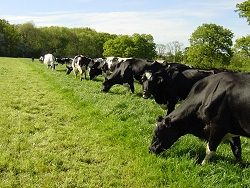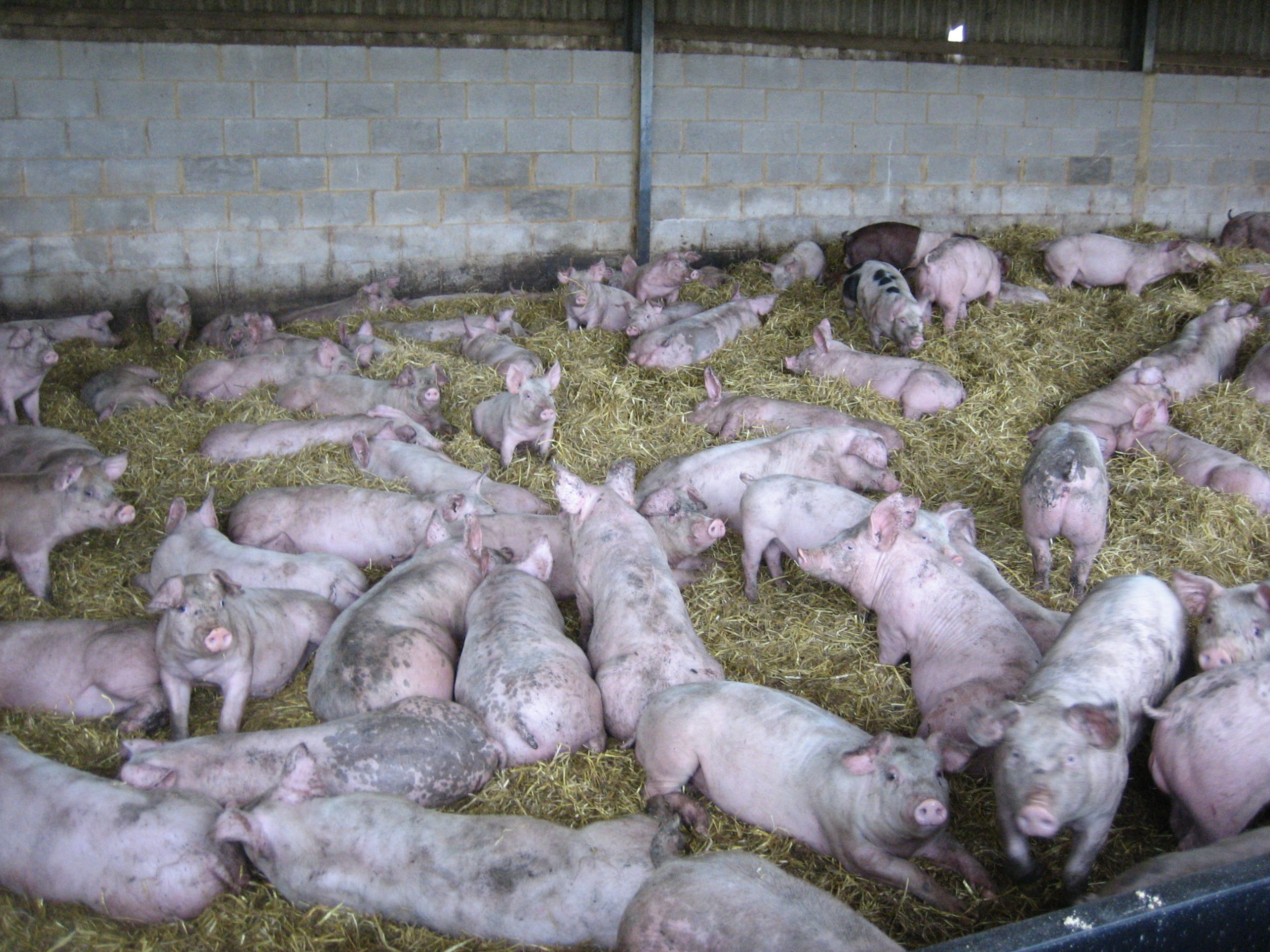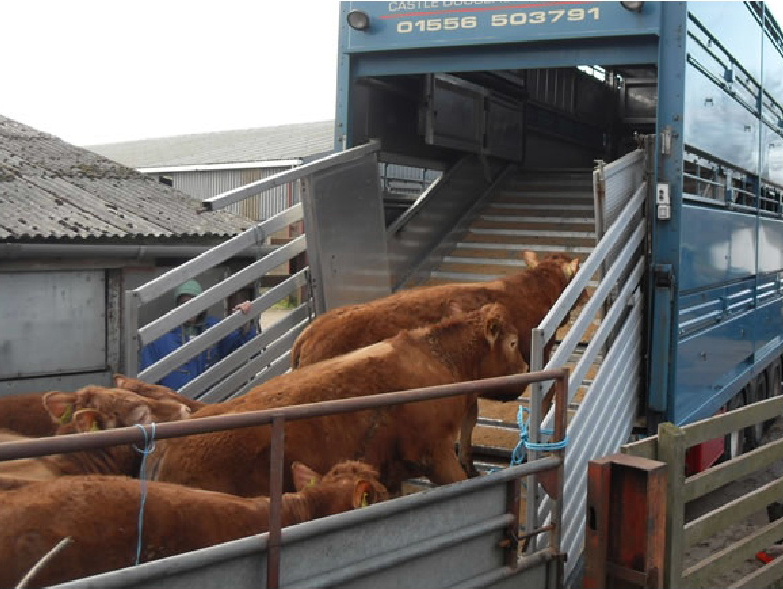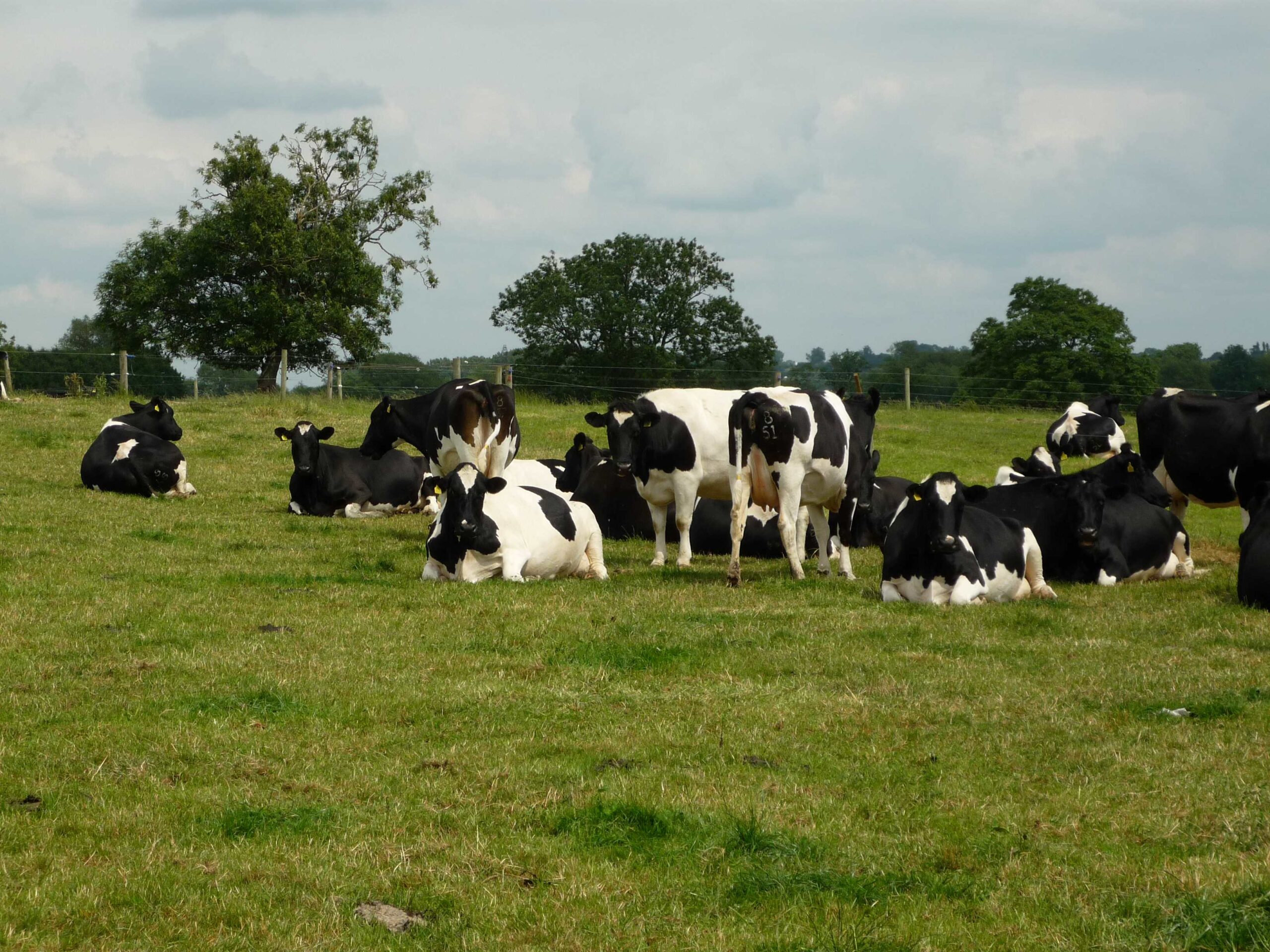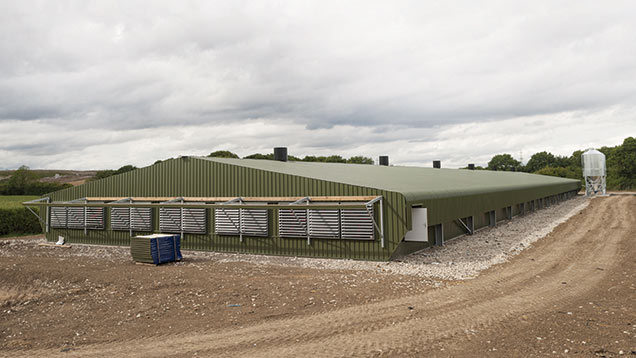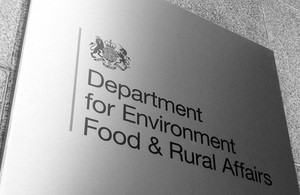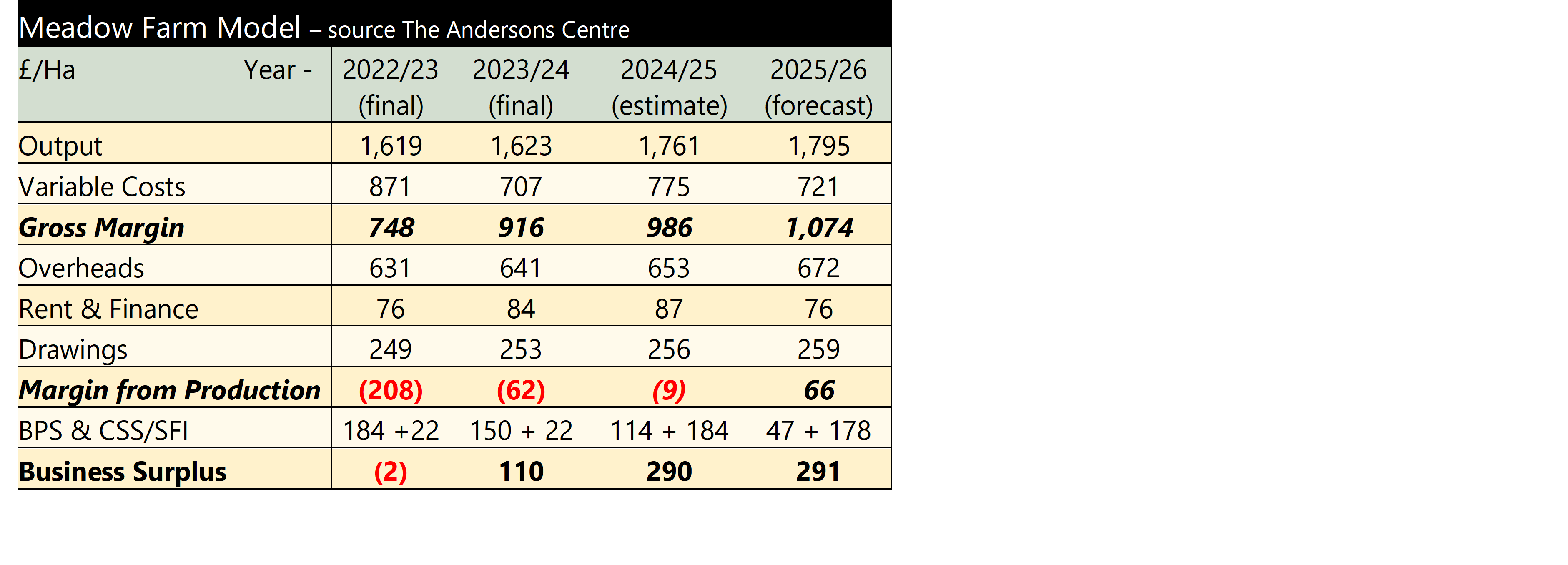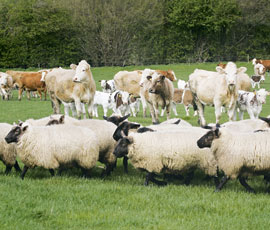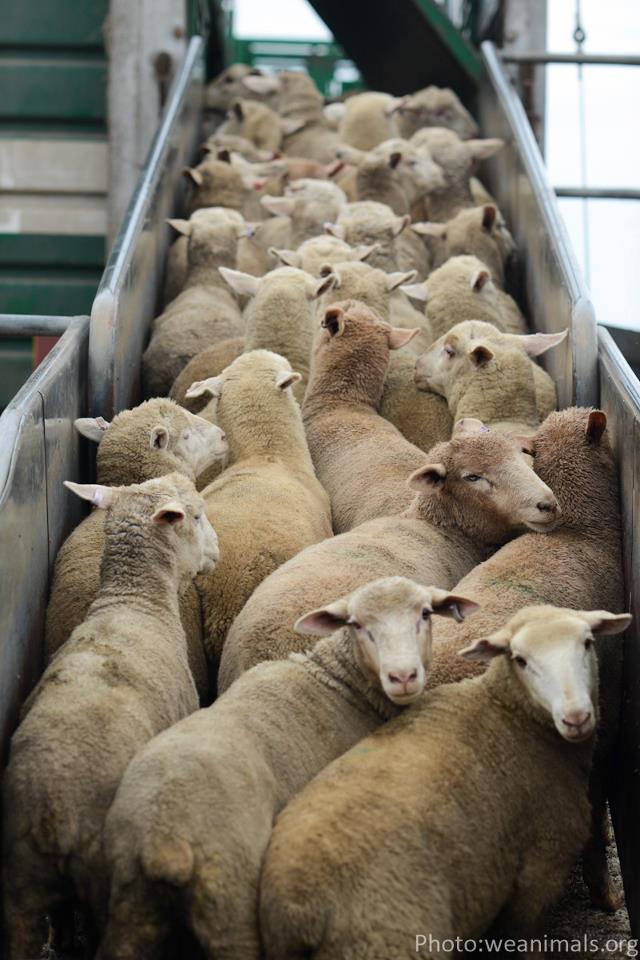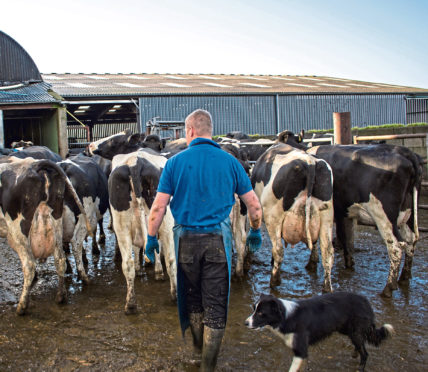Beef
The beef farmgate price continues to break records. The GB All-Steer deadweight price for the week ending 19th April broke the £7 per kg barrier for the first time, reaching £7.07 per kg. This is 144.5p per kg more than at the turn of the year and a staggering 217.67p per kg higher than for the same week in 2024 (nearly +44%).
Prices have been supported by strong demand and tight supplies. Latest data from Defra for the first three months of 2025 show UK beef production totalled 224,800 tonnes, a decline of 8,100 tonnes (-3.5%) compared with Q1 2024. The fall in production was due to slaughter numbers and carcase weights. Clean cattle kill numbers totalled 508,000 head for January to March down by 14,000 head (-2.6%) compared with the first three months of 2024. Furthermore, carcase weights were also 1.5kg lighter than year earlier levels. The latter doesn’t quite align with the theory that some are holding on to cattle to achieve heavier weights and banking on the price continuing to rise. Perhaps some are actually ‘cashing in’ a bit earleir than normal, not wanting to bet on the price continuing to increase. In addition, cull cow slaughter numbers are also lower for the same period, down by 6,000 head (-4%) to total 155,000 head.
Looking ahead, BCMS data suggests domestic supplies are likely to remain constrained, which should help to support farmgate prices. Furthermore, the average EU deadweight cattle price has risen even faster than the GB price over recent weeks. This has reduced the price differential between GB steers (R3) and EU steers to 94.8p per kg in the week ending 31st March, down from 117.4p per kg in mid-February. The increase in the average EU steer price has predominantly been driven by gains for Irish beef. GB and Irish beef prices are closely aligned and our price has supported the Irish beef price, where supplies have been good so far this year, but are forecast to reduce as we go through the year. Indeed, supplies across the EU are expected to remain tight adding further support to prices. An area to watch though could be if the EU-Mercosur trade deal is ratified (see https://abcbooks.co.uk/eu-mercosur-trade-deal-negotiation/) which could see increased imports of cheaper beef from Brazil, Argentina and Uruguay coming into the EU, although this could be curtailed by the EU Deforestation Regulation (https://abcbooks.co.uk/eu-deforestation-reg-delay/)
Sheep
Farmgate prices for clean sheep, although still historically strong, have not reached the dizzy heights of last year. The GB OSL SQQ price for the week ending 19th April fell, for the 5th consecutive week, by -7.5p per kg on the week to average 702.9p per kg. This is 157.6p per kg lower than for the same week in 2024. In contrast to beef, consumer demand has been weaker this year. In 2024 there was an alignment of religious festivals prompting strong supermarket promotions.
In terms of production, during the first quarter of 2025, latest data from Defra shows it fell by 4.5% (3,100t) to total 65,600 tonnes, compared to year-earlier levels. Clean sheep kill for the period January to March totalled 2.77m head, down 111,000 head (3.8%) compared with Q1 2024. Adult sheep were -12.8% lower, totalling 317,000 head over the same period. Carcase weights have remained pretty stable averaging 20.6kg. There had been a little uptick in carcase weights over the last couple of weeks, perhaps due to some vendors retaining lambs a little longer in the hope the trade would rise around Easter. As numbers of New Season Lambs (NSL) coming forward each week start to rise, OSL prices are not likely to see much of an increase, if any, now. Previously AHDB had been forecasting a large carryover from 2024, with numbers down on the year so far, it remains to be seen if these materialise; will some be kept for the breeding flock?

